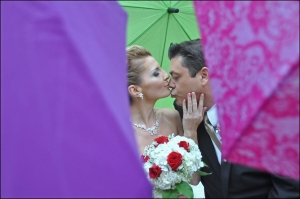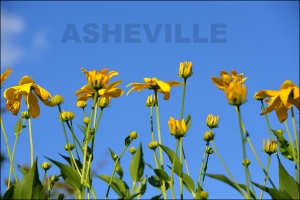In this blog I will share with you some simple tips for you to improve your own picture taking.Photography is made up of light and composition,you need both elements to make a great photograph’ The photograph below has both,great composition, notice how I framed the cats eyes.framing is a law of composition and will definitely make your photos much more interesting

http://www.creativefreedomphoto.com/
In the photograph below I purposely used the noon sun (a time you do not want to take portraits) I wanted the effect of shadow and depth.In this composition I filled the frame with the subject.
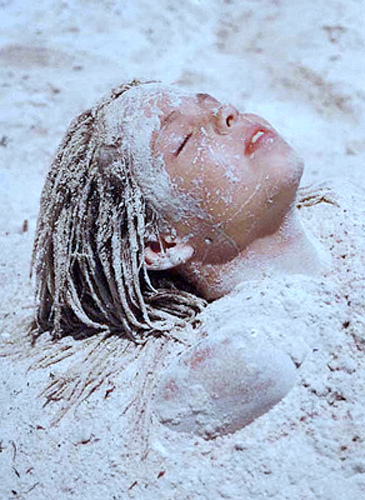
http://www.creativefreedomphoto.com/
The best natural light for photographs is overcast,skin tones are even and colors pop.You cant always get what you want so if you are going out shooting in natural light,go in the”magic hour” first light of day and an hour before sunset when the sun is low in the sky.Below a great example of overcast and also “framing”

http://www.creativefreedomphoto.com/
The photo below,”LEADING LINES” Another rule of composition,I rarely put my subject directly in the middle,when you have leading lines its O.K to do so.
The photo below/what makes this photograph great are a few things.the angle,shooting from above looking down,see how this also isolates the background.There is nothing more distracting to me in a photograph than clutter. The photo also tells a story,it says something not just a photo of the couple smiling and looking at the camera,it captures the love the joy between this just married couple.
Photos below two thirds rule,see how in these photographs the subject is NOT directly in the middle
http://www.creativefreedomphoto.com/
n order to capture a clear silhouette, you’ll need the background to be brighter than your subject. The best way to do this is to shoot at the beginning or the end of the day. The optimum time to shoot a silhouette is when the sun is low in the sky – either when it is rising or setting. Sunsets are a favorite among photographers who regularly create spectacular silhouettes, but you can also shoot a decent silhouette against a blue sky.
Happy shooting! Practice makes perfect!










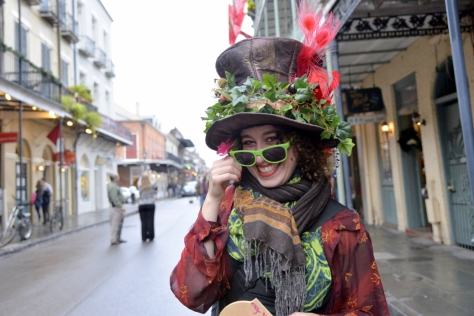





















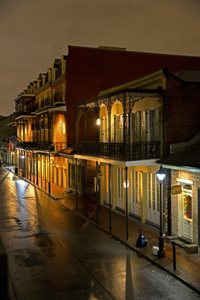





 Photography is mainly made up of light and composition, you can have the greatest composition but without the right light…bla,or you have the most amazing light but with out a great composition,it will not be a great photograph
Photography is mainly made up of light and composition, you can have the greatest composition but without the right light…bla,or you have the most amazing light but with out a great composition,it will not be a great photograph






















